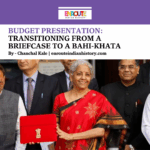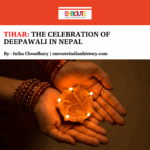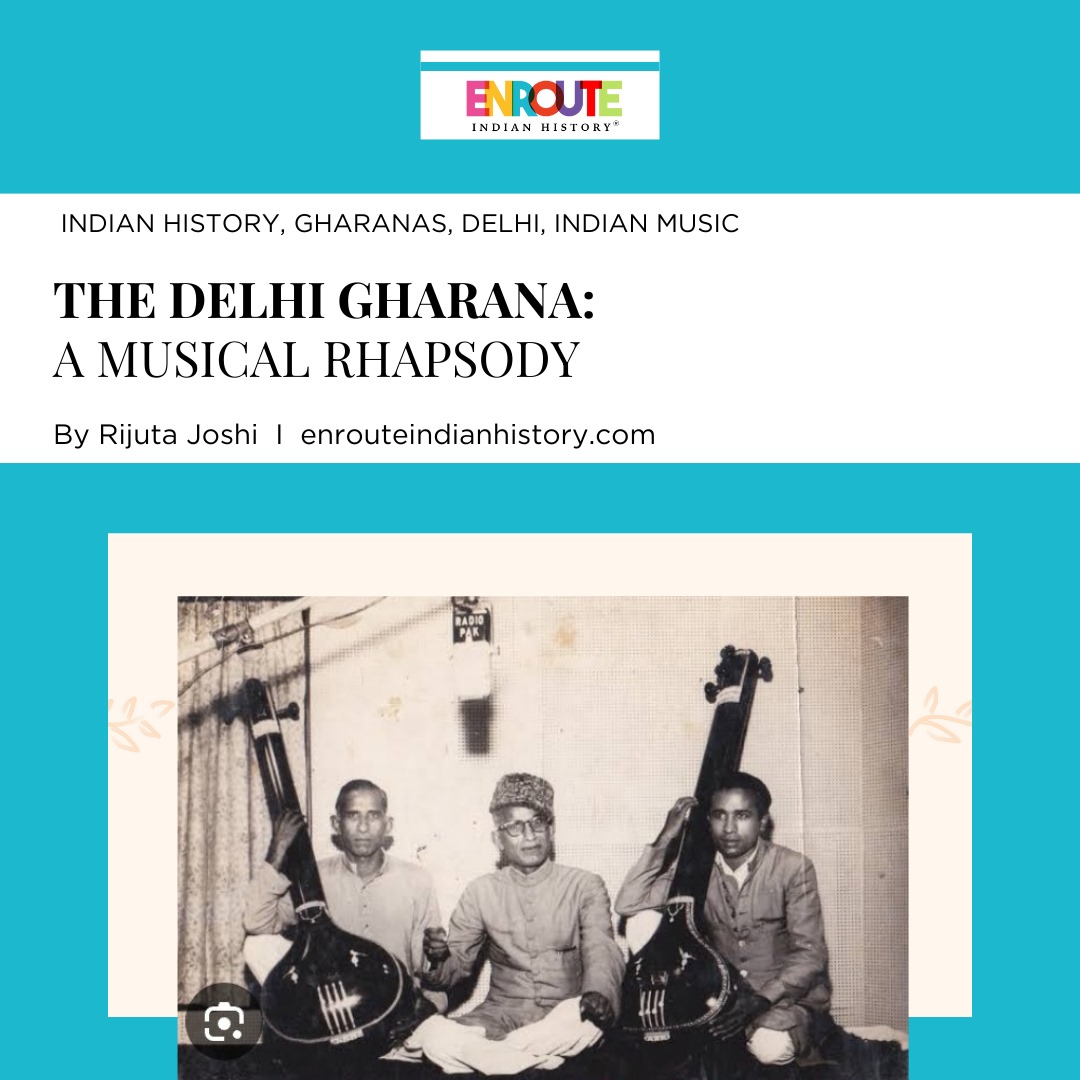
In the rich tapestry of Indian classical music, the Delhi Gharana stands as a testament to cultural fusion, artistic innovation, and sonic brilliance. Originating in the heart of India’s capital, this musical tradition has captivated audiences for centuries with its distinctive flair and melodic charm. Drawing insights from historical texts and scholarly research, this paper delves into the fascinating world of the Delhi Gharana, offering a witty and humorous exploration of its evolution, unique characteristics, and enduring legacy. Through engaging case studies, we unravel the secrets of its success and celebrate the vibrancy of this musical rhapsody.
Welcome to the enchanting world of the Delhi Gharana, where the melodies of centuries past echo through the labyrinthine lanes of India’s capital, intertwining with the vibrant rhythms of modernity. Like a finely tuned symphony, the historical background of the Delhi Gharana resonates with the harmonious convergence of cultural influences, artistic innovation, and timeless tradition. As we embark on this melodic journey, guided by the scholarly insights of Nitin Sharma and others, let us unravel the intricate threads of history that weave together to form the captivating tapestry of the Delhi Gharana’s musical legacy.
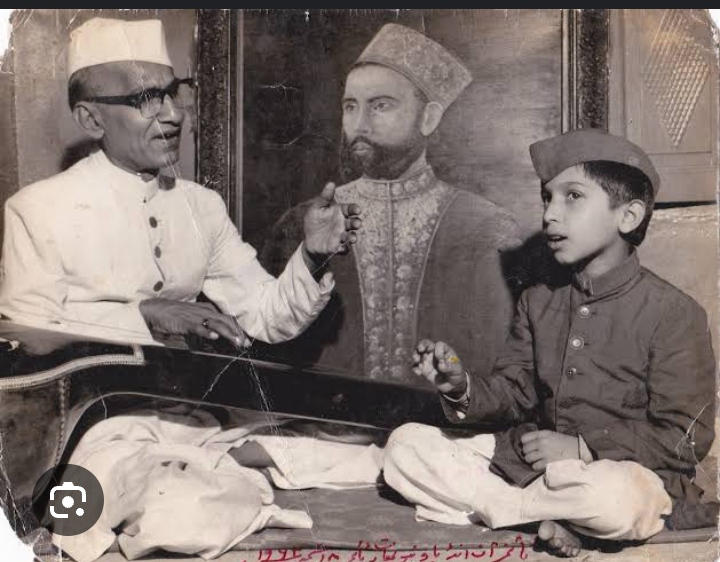
Historical Background
The historical roots of the Delhi Gharana stretch back through the annals of time, intertwined with the rich fabric of India’s cultural heritage. To unravel this intricate tapestry, we must journey back to the bustling streets of old Delhi, where the echoes of Mughal grandeur mingle with the melodies of Hindustani classical music.
Nitin Sharma, in his insightful exploration of the tabla’s historical background and the emergence of various gharanas, provides a compelling narrative thread. It was within this vibrant cultural milieu that the tabla found its voice, evolving from ancient percussive instruments to the rhythmic powerhouse we know today. As Delhi emerged as a center of artistic patronage during the Mughal era, musicians from diverse backgrounds converged, exchanging musical ideas and techniques. This cultural cross-pollination laid the foundation for the Delhi Gharana’s unique synthesis of styles and traditions.
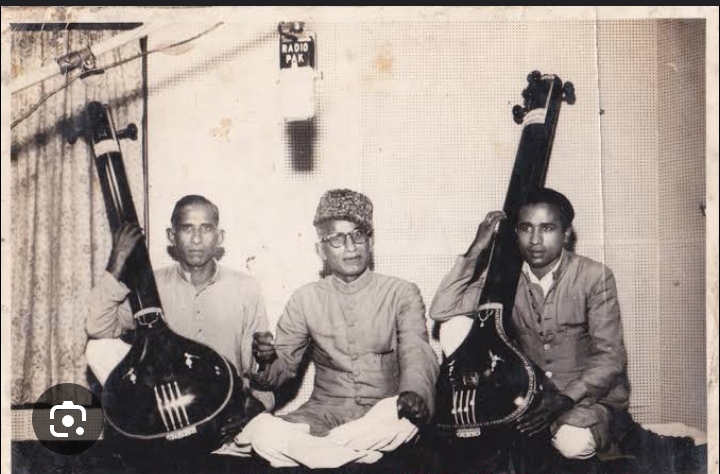
The influence of the Mughal courts cannot be overstated in shaping the musical landscape of Delhi. Under the patronage of emperors such as Akbar the Great, music flourished as an integral part of courtly life. Musicians, both Indian and Persian, were welcomed into the royal courts, where they collaborated and innovated, giving rise to new forms and genres. It was amidst this dynamic cultural exchange that the Delhi Gharana began to take shape, absorbing influences from Persian, Indian, and Central Asian musical traditions.
The Delhi Gharana’s journey was further enriched by the contributions of illustrious masters such as Ustad Chhote Ghulam Ali Khan, whose ethereal renditions of classical ragas captivated audiences far and wide. Through their virtuosity and creative genius, these maestros breathed life into the timeless melodies of Hindustani classical music, infusing them with the spirit of Delhi’s vibrant cultural heritage.
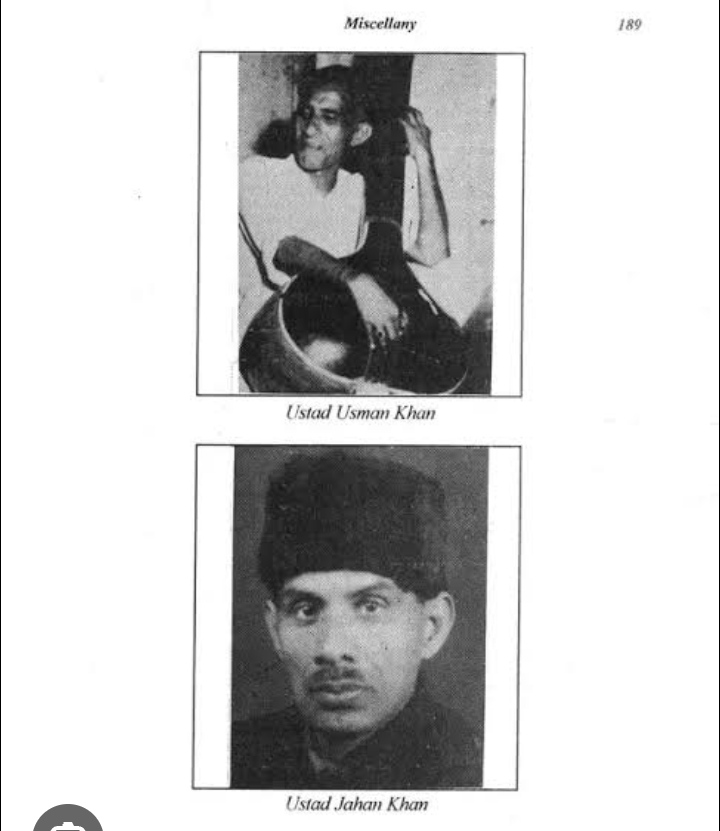
As we trace the historical trajectory of the Delhi Gharana, we cannot overlook the role of colonialism in shaping its evolution. With the advent of British rule, Delhi’s musical landscape underwent profound changes, as traditional patronage systems gave way to new forms of cultural exchange. Yet, amidst these tumultuous times, the Delhi Gharana endured, its melodies serving as a testament to the resilience of India’s musical heritage.
Unveiling the Distinctive Charms of the Delhi Gharana
The Delhi Gharana, like a finely crafted melody, exudes a distinctive charm that sets it apart from its counterparts in the realm of Hindustani classical music. Drawing insights from scholarly works by Nandini Ghosh and Nitin Sharma, let us embark on a journey to unravel the enigmatic allure of the Delhi Gharana’s unique characteristics.
At the heart of the Delhi Gharana lies a harmonious fusion of diverse musical traditions, nurtured by centuries of cultural exchange and artistic innovation. Nitin Sharma’s exploration of the historical background of tabla and gharanas provides invaluable context, revealing how the Delhi Gharana emerged as a melting pot of Indian, Persian, and Central Asian musical influences. Unlike its counterparts, which may lean heavily towards one tradition or another, the Delhi Gharana embraces a cosmopolitan ethos, blending the rhythmic intricacies of Indian classical music with the melodic nuances of Persian and Central Asian aesthetics.
Nandini Ghosh’s scholarly work delves into the rhythmic virtuosity of the Delhi Gharana, shedding light on its distinctive approach to percussion, particularly the tabla. Here, the tabla masters of the Delhi Gharana exhibit unparalleled dexterity and finesse, seamlessly weaving intricate rhythmic patterns that captivate audiences with their dynamic flair. Unlike other gharanas, which may emphasize either the bols (syllables) or the laya (tempo), the Delhi Gharana strikes a delicate balance between the two, creating a rhythmic tapestry that is both complex and captivating.
Central to the Delhi Gharana’s aesthetic is its emphasis on emotive expressiveness, a theme explored by both Ghosh and Sharma in their respective works. Here, the vocalists and instrumentalists of the Delhi Gharana are renowned for their ability to evoke a wide range of emotions through their performances, drawing listeners into a world of sublime beauty and profound introspection. Whether interpreting traditional ragas or exploring innovative compositions, artists of the Delhi Gharana infuse their music with a depth of feeling that resonates long after the final note has faded.
Far from being bound by tradition, the Delhi Gharana embraces a spirit of creative innovation, as evidenced by the groundbreaking work of its maestros over the centuries. Nitin Sharma’s research into the emergence of various gharanas highlights the Delhi Gharana’s role as a catalyst for musical experimentation and evolution. Here, artists are encouraged to push the boundaries of convention, exploring new techniques, compositions, and modes of expression while remaining rooted in the rich tradition of Hindustani classical music.
Finally, the Delhi Gharana’s distinctive characteristics are deeply intertwined with its rich cultural legacy, as explored by scholars such as Nandini Ghosh. From the bustling streets of old Delhi to the grand courts of Mughal emperors, the Delhi Gharana has been shaped by centuries of cultural patronage and artistic exchange. Today, its melodic strains continue to resonate with audiences around the world, serving as a testament to the enduring power of music to transcend boundaries and unite hearts across time and space.
In the annals of Hindustani classical music, the name Ustad Chhote Ghulam Ali Khan shines like a radiant star, illuminating the path for generations of musicians to follow. Born into a family of illustrious musicians, Khan’s journey from the dusty alleys of old Delhi to the grand stages of India’s musical capital is a testament to his prodigious talent, unwavering dedication, and unparalleled artistry.
Nitin Sharma’s meticulous research provides invaluable insights into Khan’s early life and musical upbringing, offering a glimpse into the formative influences that shaped his artistic sensibilities. From a young age, Khan exhibited an innate aptitude for music, mesmerizing audiences with his soulful voice and masterful command of classical ragas. Under the guidance of his esteemed mentors, Khan honed his craft, delving deep into the intricacies of Hindustani classical music and emerging as a luminary of the Delhi Gharana.
As Khan’s reputation as a virtuoso vocalist grew, so too did his influence on the musical landscape of Delhi and beyond. Nandini Ghosh’s scholarly work sheds light on Khan’s innovative approach to classical music, highlighting his ability to infuse traditional ragas with a contemporary flair, captivating audiences with his emotive interpretations and effortless improvisations. With each mesmerizing performance, Khan transported listeners to a realm of sublime beauty, where melody and rhythm converged in perfect harmony.
Yet, it was not only Khan’s vocal prowess that set him apart but also his mastery of the tabla, a skill that earned him widespread acclaim and admiration. Drawing from Saxena’s insights, we gain a deeper appreciation for Khan’s rhythmic dexterity and nuanced understanding of percussion, as he effortlessly transitioned between vocal and instrumental expressions, blurring the lines between melody and rhythm.
Khan’s contributions to the Delhi Gharana extended far beyond his musical virtuosity, encompassing a legacy of mentorship, innovation, and cultural enrichment. Through his teachings and performances, Khan inspired countless disciples to follow in his footsteps, nurturing a new generation of musicians who would carry forth the torch of the Delhi Gharana’s musical tradition.
As we bid adieu to our whimsical exploration of the Delhi Gharana, let us raise our metaphorical glasses to toast this musical cocktail with a twist. Like a finely crafted concoction, the Delhi Gharana blends the rich flavors of tradition with the zesty zest of innovation, creating a melodic masterpiece that tantalizes the senses and leaves us craving for more.
With its fusion of diverse musical traditions, rhythmic prowess that could make even the most seasoned percussionist blush, and emotive expressiveness that tugs at the heartstrings like a mischievous kitten, the Delhi Gharana is the ultimate party starter in the world of Hindustani classical music.
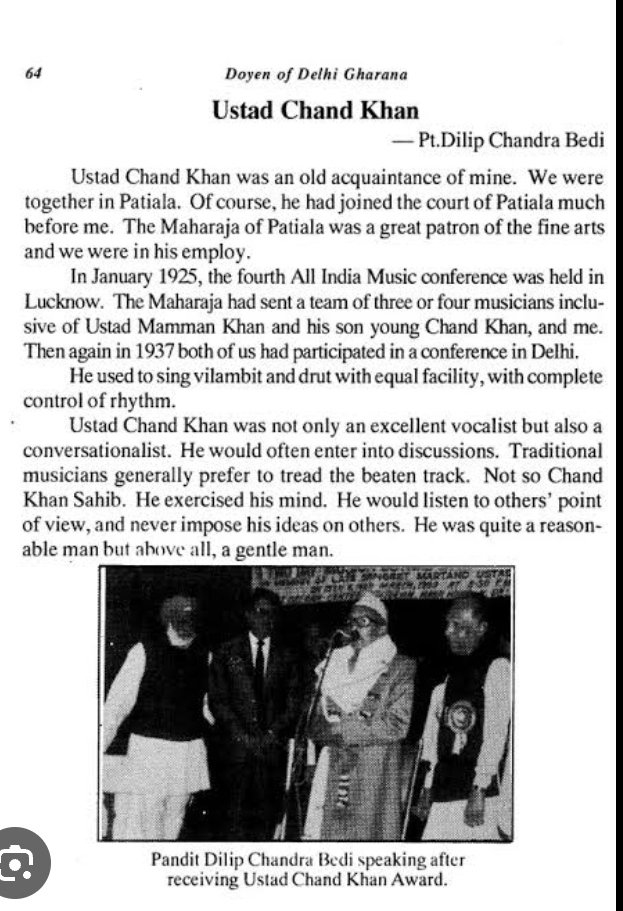
But let us not forget the cultural legacy that imbues every note with a sense of history and heritage, reminding us that behind every catchy melody and intricate rhythm lies a story waiting to be told. Through the scholarly insights of Nandini Ghosh and Nitin Sharma, we have peeled back the layers of this musical onion to reveal the juicy goodness within.
So, here’s to the Delhi Gharana: a symphony of sonic delight, a celebration of creativity, and a testament to the timeless power of music to bring joy, laughter, and a little bit of magic into our lives. As we dance into the night with the echoes of its melodies ringing in our ears, let us raise a toast to the maestros who have paved the way and the generations of musicians who will carry the torch forward. Cheers to the Delhi Gharana: long may its melodies reign supreme!
References:
– Dayal, M. ed., 2010. Celebrating Delhi. Penguin Books India.
– Sharma, Nitin. “Historical Background of Tabla & Emergence Of Various Gharanas.”
– Ghosh, N., 1970. Different Gharanas in the Field of Tabla Art. Journal of the Indian Musicological Society, 1, p.3.
– Saxena, S.K., 1985. ” Pakhawaj Aur Tabala Ke Gharanen Evam Paramparayayen” by Aban A. Mistry (Book Review). Journal of the Indian Musicological Society, 16(1), p.78.
– Patel, A., 1987. Khyāl: Creativity within North India’s Classical Music Tradition



